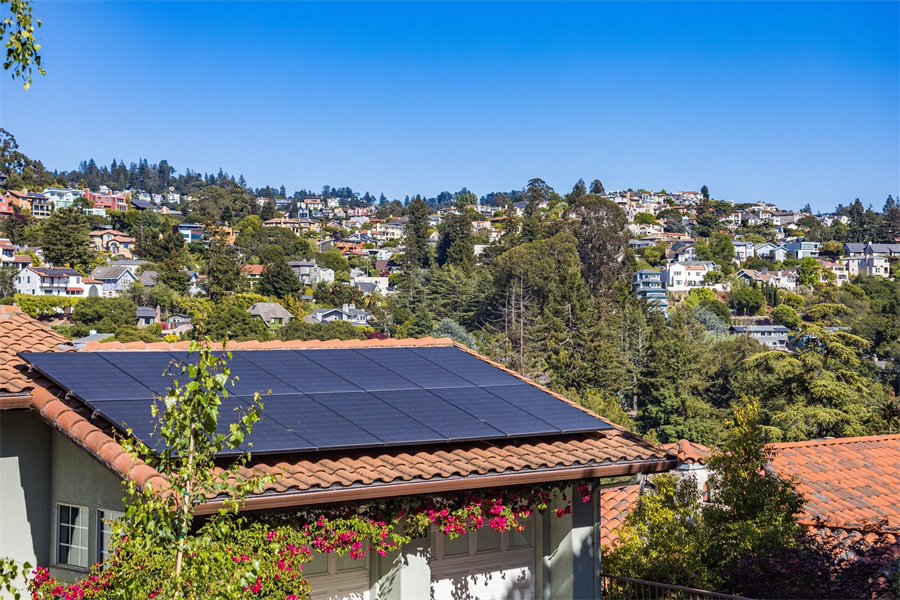Monocrystalline vs. Polycrystalline: Which Solar Panels Are Right For You
time:2023-08-21 09:51:18 Views:0 author:Jinan Freakin Power Ltd.
Monocrystalline solar panels dominate the residential market. Is it worth considering polycrystalline?
The US generated 146 billion kWh of electricity from solar power in 2022, according to the Energy Information Administration. The growing popularity of solar energy as a cost-effective means of generating electricity for residential and commercial purposes signals the steep decline in solar prices, even before large new incentives arrived with the Inflation Reduction Act. It's all happening in a time of rising temperatures thanks to climate change driven by burning fossil fuels. However, before you shell out thousands of dollars to your local solar installer for a solar panel system, there are a few factors you need to consider. Things like your local peak sun hours and the cost of solar panels you're having installed. Several types of solar panels are available on the market, including monocrystalline, polycrystalline and thin-film panels, each with different performance characteristics and price points. If you're the typical residential solar shopper, you likely won't need to decide which type is right for you, though some special exceptions exist.

The difference between the two main types of solar panels installed today, monocrystalline and polycrystalline, starts with how they're made, a difference that affects how they perform, how long they last and how they look on your roof, said Rohit Kalyanpur, CEO of Optivolt, a Silicon Valley-based solar technology company. Monocrystalline panels typically perform better but cost a bit more, he said. If the solar market were a contest, monocrystalline panels would be winning. Around 90% of solar panels installed in 2021 were monocrystalline, according to a September 2022 report by the Lawrence Berkeley National Laboratory.
If you have to choose between solar panels, you're likely to be choosing between monocrystalline options. But regardless of whether you're choosing from among just monocrystalline panels or there are some polycrystalline options to consider, you'll need to consider the panels' sizes versus your available space, their warranties, your budget and the way they look.




